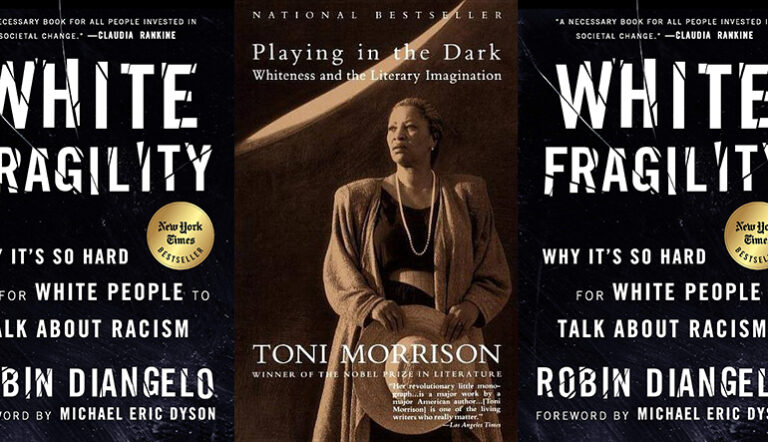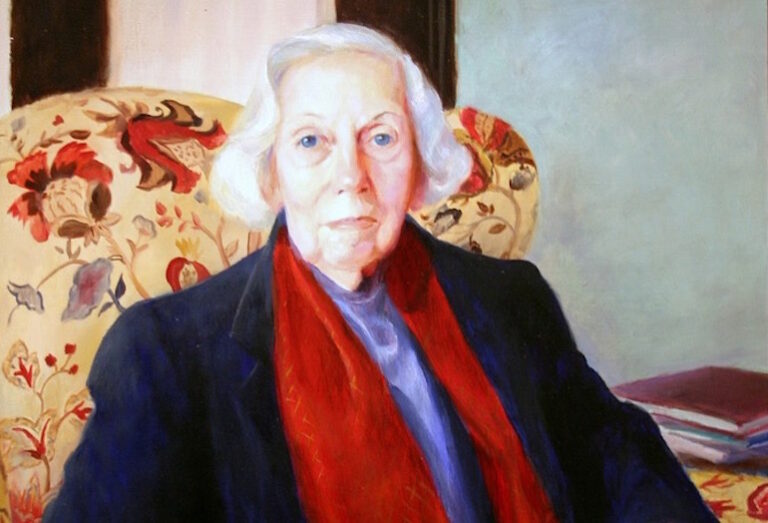Writing Racist Characters
There are uniquely white stories that all white people know intimately, and that we aren’t telling: stories of white people perpetrating racism.
Please note that shipping will be slower than usual for orders placed between Dec. 24-Jan. 15! Thank you for your patience.

There are uniquely white stories that all white people know intimately, and that we aren’t telling: stories of white people perpetrating racism.

The arc can only take narrative so far before it crashes, particularly when it comes to personal writing.

In her essay “Place in Fiction,” originally delivered as a lecture at Duke in 1955, Eudora Welty almost immediately positions place as an antidote to broad generalizations about human experience.

Whereas spring further north leaps cleanly from receding snow and bare branches, southern spring is brief and muddled with the semi-cold winter that precedes it and the too-hot summer that follows. Springtime is a liminal space where the past seeps into the present.

By focusing on women in a kitchen, Welty seems to shrug the mantles that keep her marginalized—regional and gendered—subverting expectations for canonical American literature as public or inhabited by important men.

I translate something almost every day. Five or six days a week, you can find me in the process of drafting, editing, or proofreading a translation, clicking back and forth between the original and my translation, comparing and contrasting.

You just don’t see enough literary fiction about bears. If, like me, you prefer your nutritious reading with a side of mauling, you should pick up Matthew Neil Null’s Allegheny Front. Erudite, unsentimental, and alert to the natural world, Null turns the history of West Virginia into stories that feel both authentic and mythological. I…

Several times a year I am the recipient of emails or phone calls from friends, colleagues, parents, or complete strangers in search of writing guidance. Often the messages begins, “Hello, my name is Barbra. My daughter wants to be a writer. She’s very talented. Jill Matthews said you might be able to . . .”…
No products in the cart.